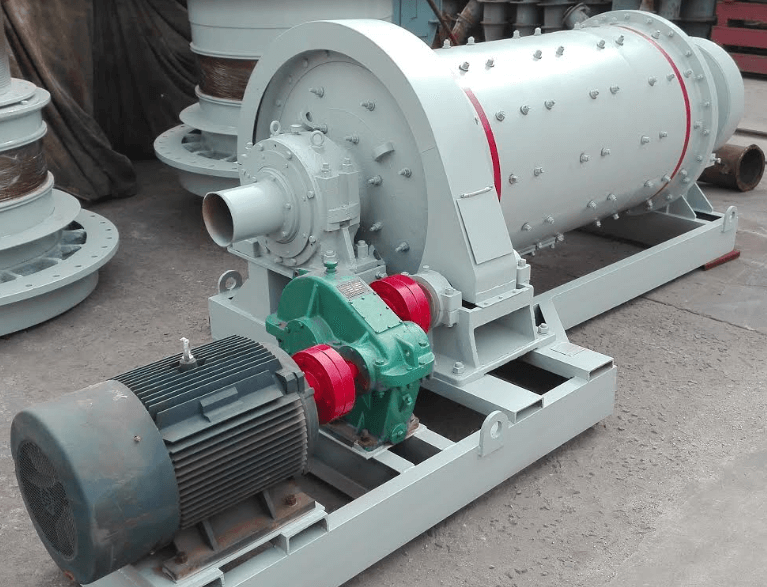Variables that Make a Difference in Ball Mill Operation
Ball mill operation is anything but simple. In ball mills using dry solids, the primary independent variables include mill speed, mill diameter, media size, residence time and solids loading. Although, for most ball mill manufacturers, the mill diameter is already in place.
Let’s take a close look at each of these variables.
Mill Speed
This variable can easily be adjusted using a variable frequency drive (VFD). To calculate the mill speed, you need to start by finding the critical speed. Critical Speed (CS) refers to the rate at the grinding media will spin against the walls of the cylinder.
The formula for calculating the critical speed is given as CS= ½∏ √(g/(R-r)
Where
g= gravitational constant
R= the inside diameter of the ball mill
r= the diameter of a piece of the media
This formula is further reduced to CS= 265.45/√(R-r)
In dry mills, the CS range from 50% - 70%, usually between 60% - 65%. If the CS is less than 50%, the energy imparted to the fractured particles is very low. If the CS is greater than 70%, the media gets thrown out of the top of the pile. If the speed is too high, the milling efficiency is reduced, resulting in increased milling time, increased shear wear and accelerated media.
Media Size
As important as this variable is, it's hard to experiment with the media size during production. This is because, the larger the media diameter, the greater the energy of imparting; and the larger the media size, the fewer the number of media in the mill, and thus lesser imparted per rotation. The reverse is also true - smaller media are less energetic but have more imparts per rotation of the mill.
The first step, therefore, is to determine the media size that is required to produce imparts that have enough energy to fracture the particles and that will give you the desired final particle size. The smaller the media size, the shorter the milling time and thus the higher the number of imparts per rotation of the mill.
Solids Loading
The principle of ball mill operation depends on the impart of the solids between pieces of the media. The bulk of media movement takes place on the surface of the media bed where the media cascades from. The fewer the solids, the lesser the impart of the media on each other and the smaller the milling effect produced but increased wear of the mill shell and media. If the solid is too much, their impact will be mitigated by the bed of solids.
Between perfect spheres, their interstitial space is about 26%. Other shapes of media have less interstitial space. Given a typical mill having a 50% media charge, it would have a 13% free space of the total mill volume. About 10% additional solids would be added to ensure that there are enough solids between the media for imparting as the media cascades. Therefore a 50% media charge requires a 25% solids charge.
Scale Up
Ball mill operations improve with increasing the ball mill diameter. A general rule of thumb ball mill manufacturers consider √(d/D)
Where
d=size of the small mill
D= inside diameter of the bigger mill
These are the most important variables in ball mill operations. There are some other smaller factors as well, but if you take care of the above, you are more or less covered.

Comments
Post a Comment